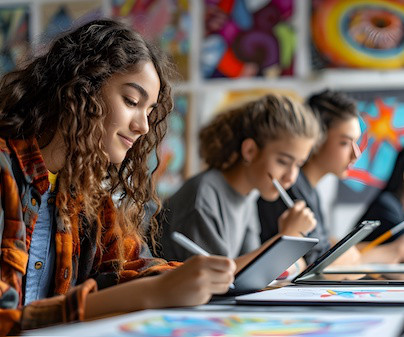Using Collaborative Learning to Elevate Students’ Educational Experiences
Faculty Focus
OCTOBER 15, 2024
Collaborative learning allows students to be engaged and active participants in their own learning by sharing ideas, analyzing problems, and finding solutions to them. Together, they create knowledge and achieve learning outcomes (Downing, 2017; Ramos, Cattaneo, de Jong, Espadeiro, 2022). Form groups strategically.












Let's personalize your content